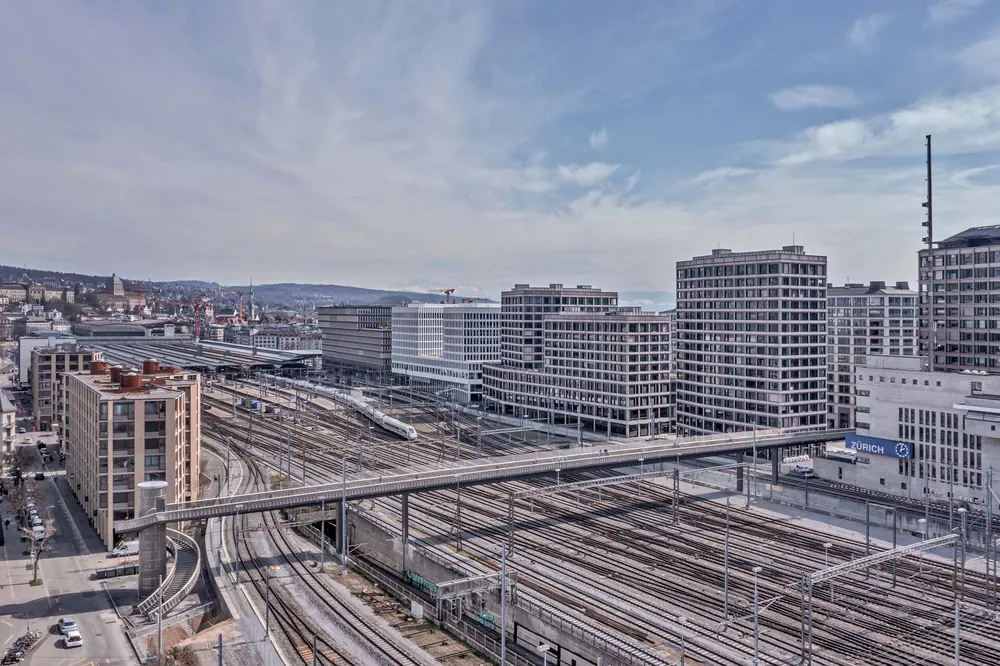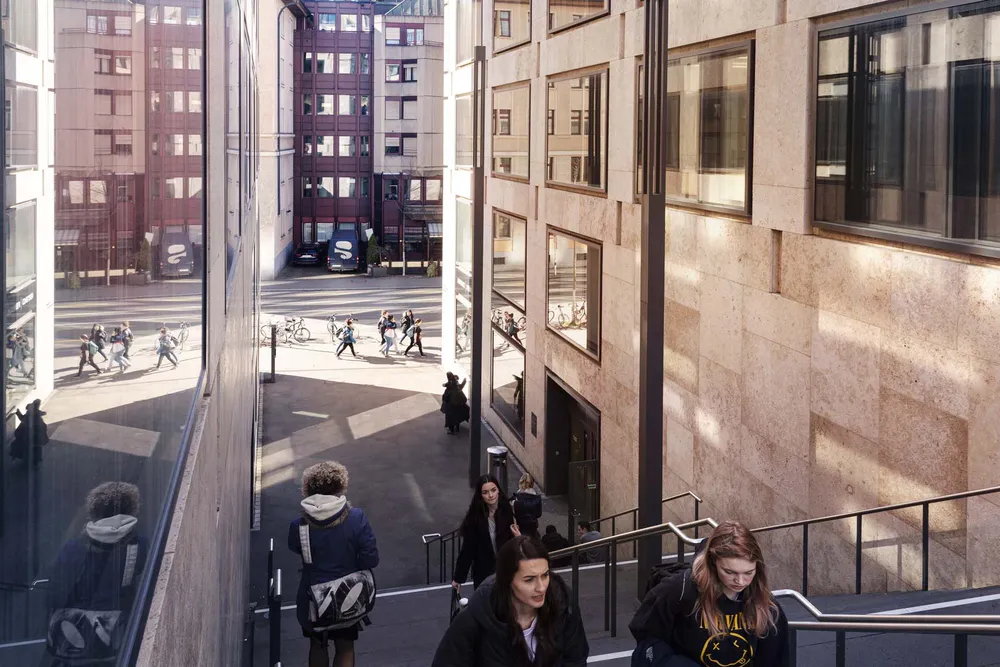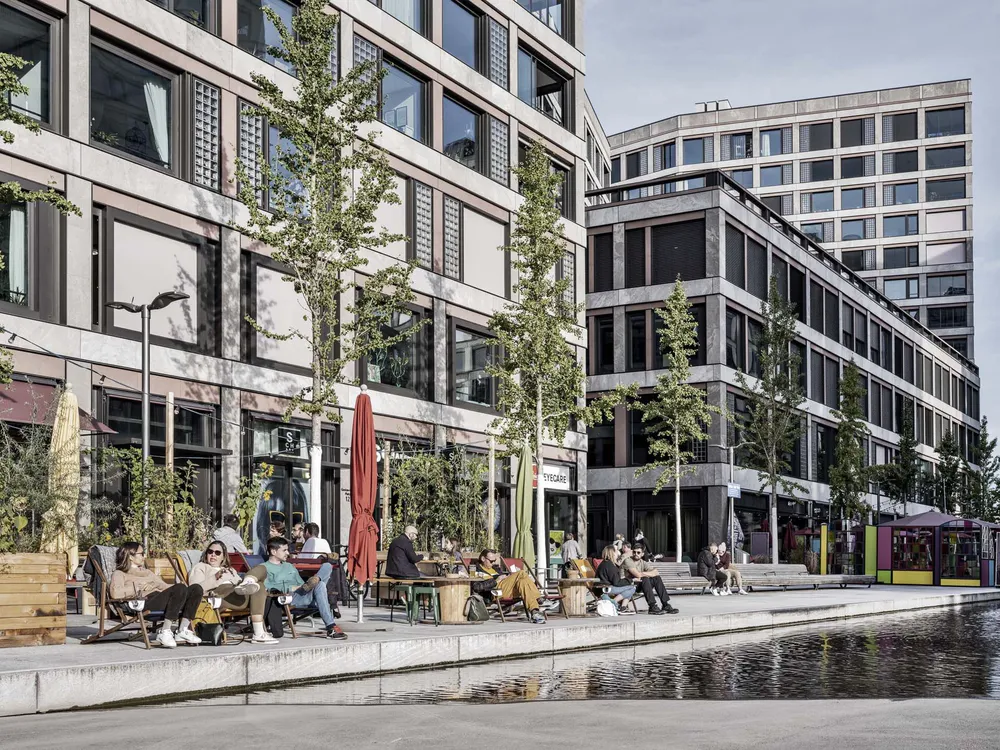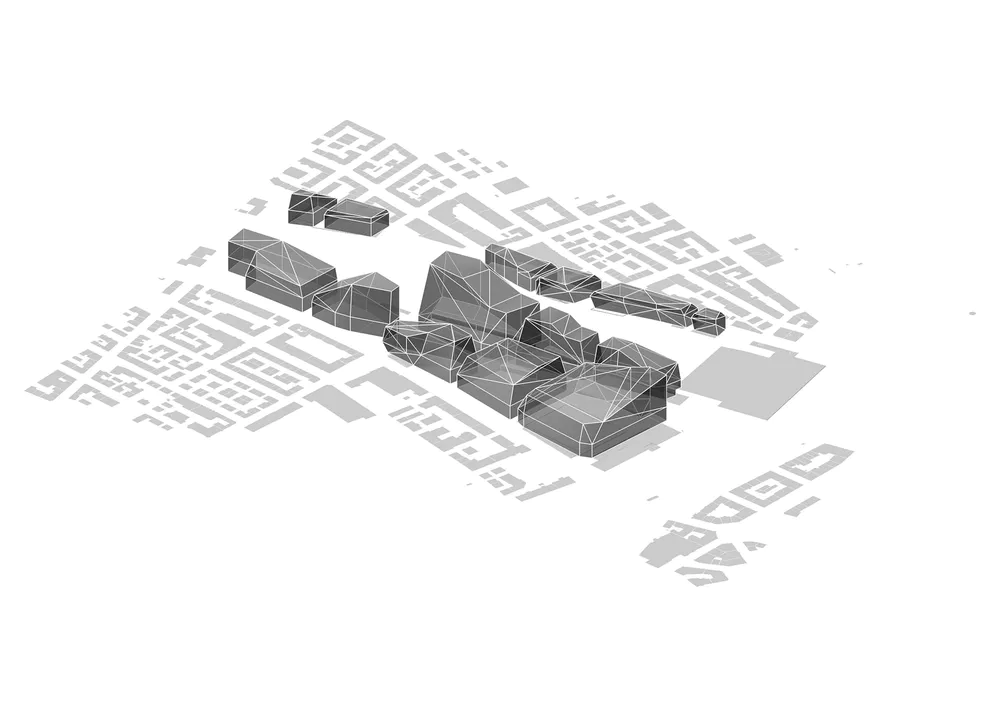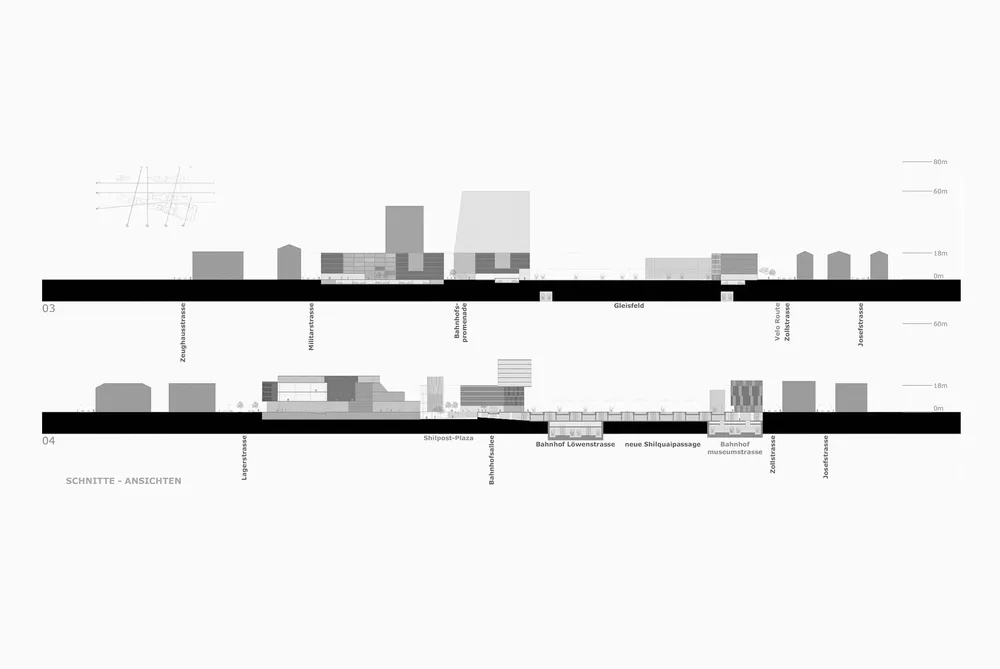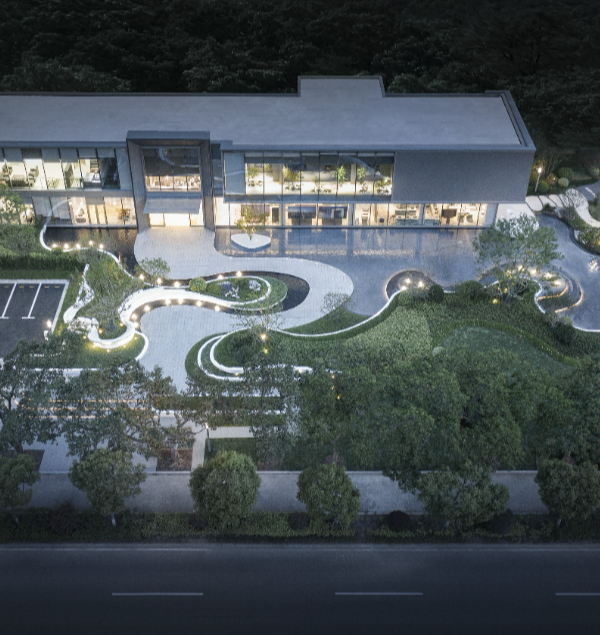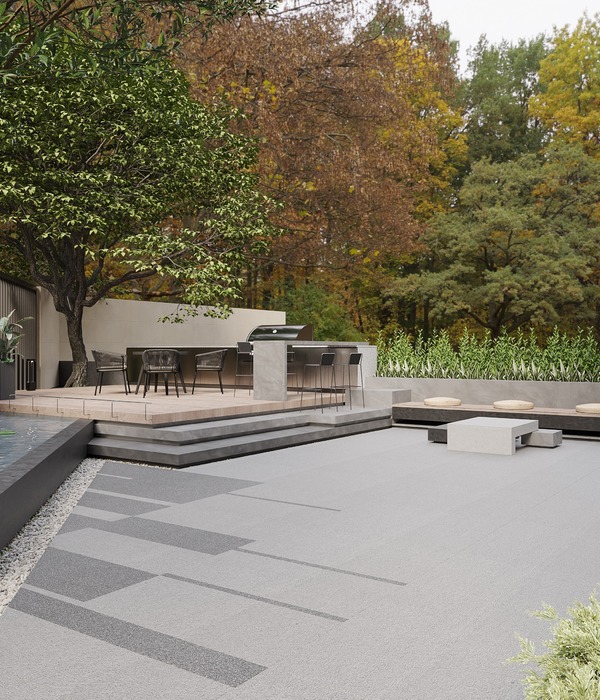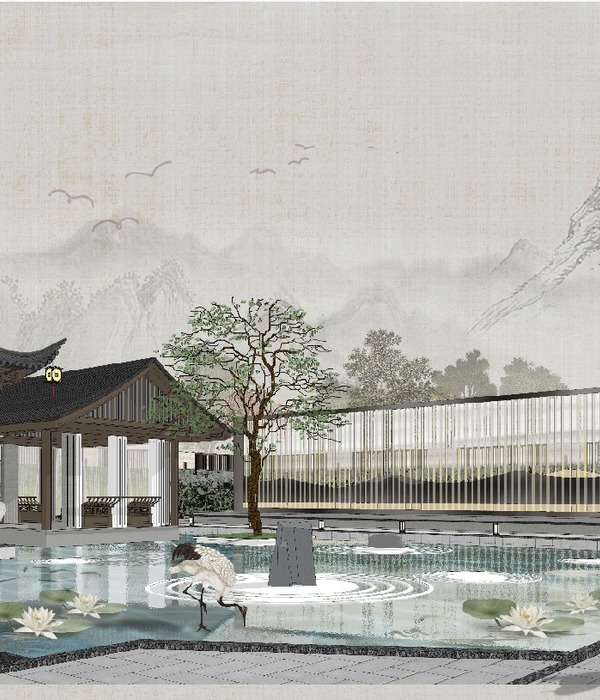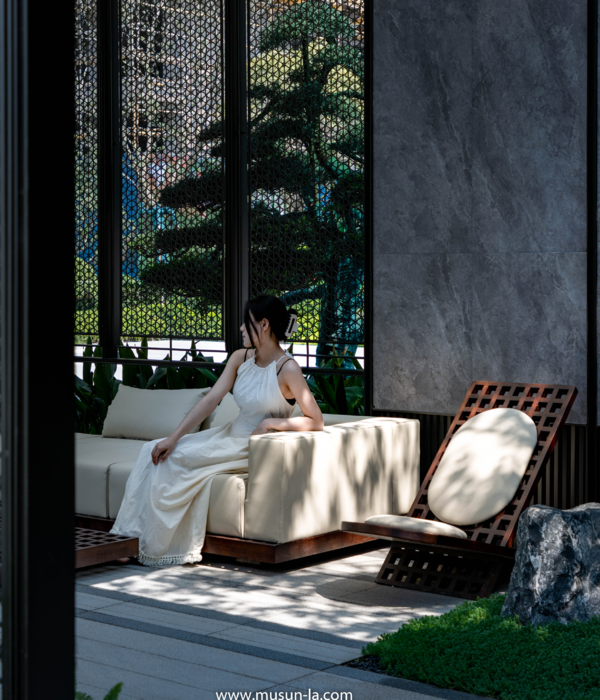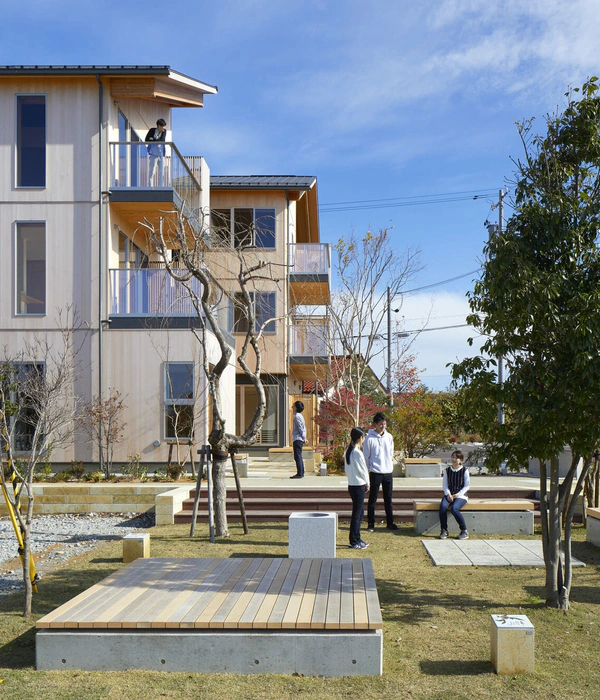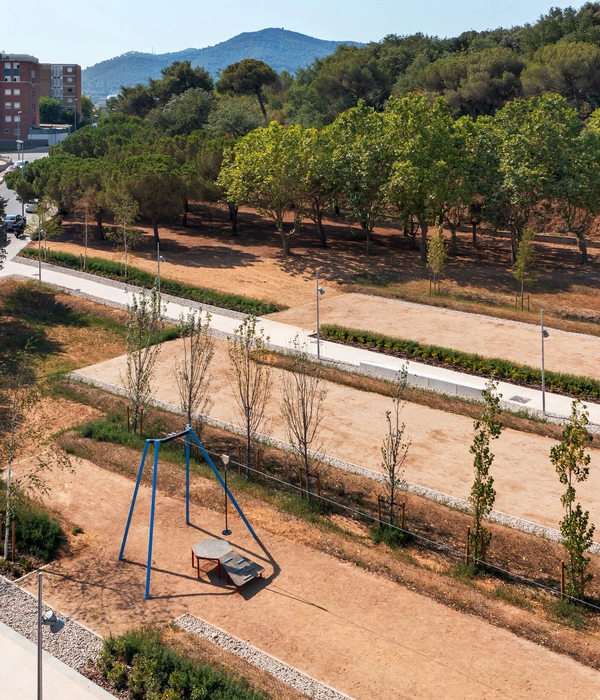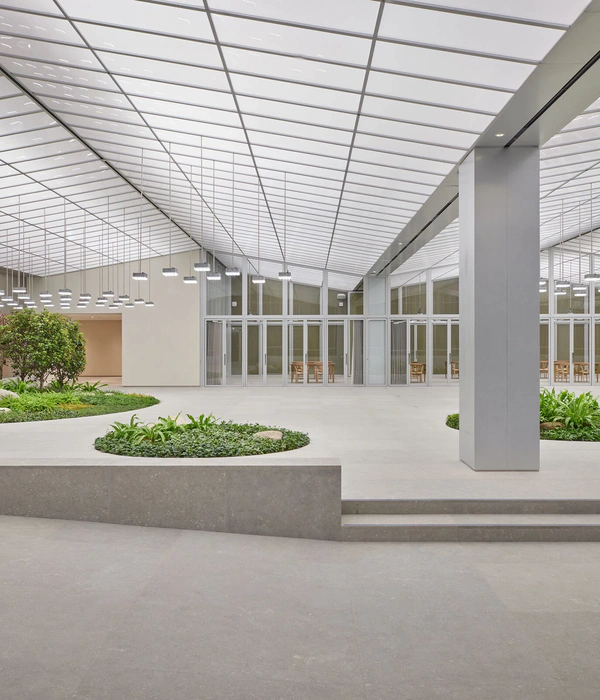Europaallee
Architect:KCAP
Location:Europaallee, Zürich, Switzerland; | ;View Map
Project Year:2022
Category:Masterplans;Cities;Train stations
'Europaallee', the area around Zurich’s main railway station, is a key development site owing to its central position and excellent accessibility. In the masterplan, the morphology and block structure of the surrounding city is elaborated in order to insert the new development into its surroundings in a natural way.
Construction envelopes have been established for the new blocks, with basic rules for maximum dimensions, penetration of daylight and sightlines. This establishes a sustainable structure that can be filled in gradually, responding to current programmatic demands, architectural tastes and market developments.
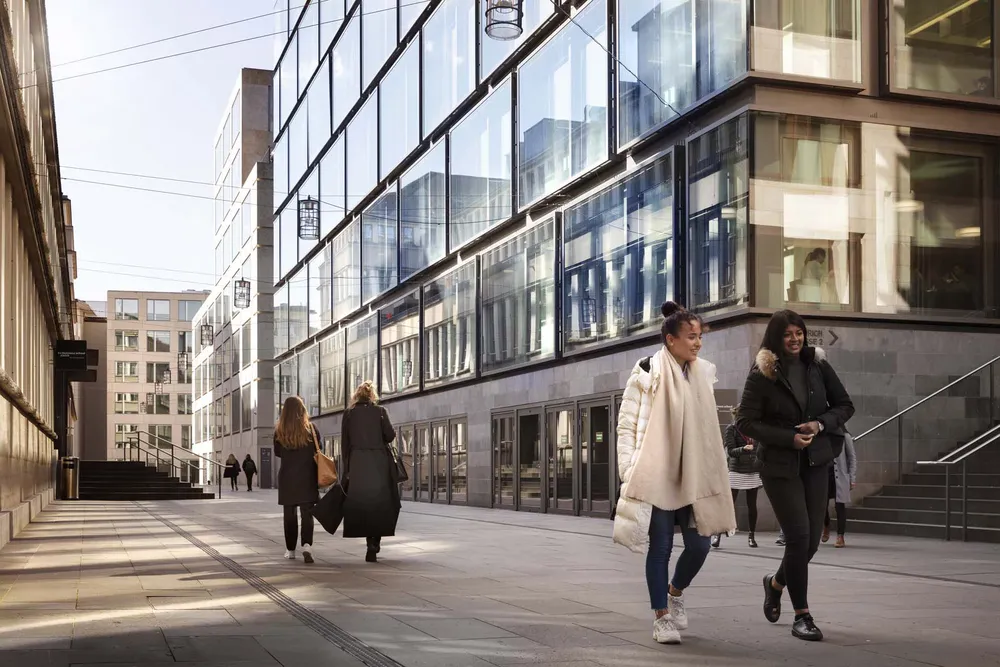
Station precincts all over the world are being developed into layered urban hubs where flows of traffic converge and functions such as living, working, shopping and recreation are bundled together. The areas surrounding railway stations must also often be adapted to accommodate the dynamics of various traffic flows and all manner of amenities.
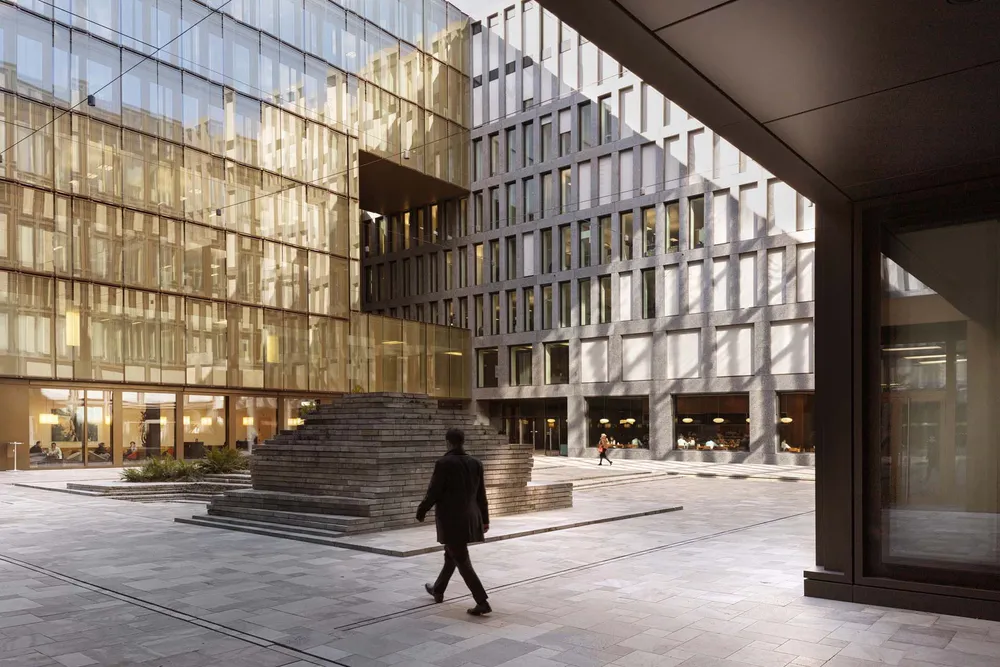
Accordingly, the immediate area around the Zurich main railway station will be brought into line with modern-day requirements. It will acquire a new structure that blends seamlessly with the surrounding area. A diagonal connection drawn from the old station plaza, provides the main axis of the new station area and leads to adjacent city quarters. Perpendicular to this axis, existing streets are extended in the north-south direction as far as the railway line. Since a strip of land on the far side of the railway tracks is also being redeveloped, station and railway lines will be fully integrated into the new urban fabric. Sightlines and a new bridge across the railway unite the adjacent areas.
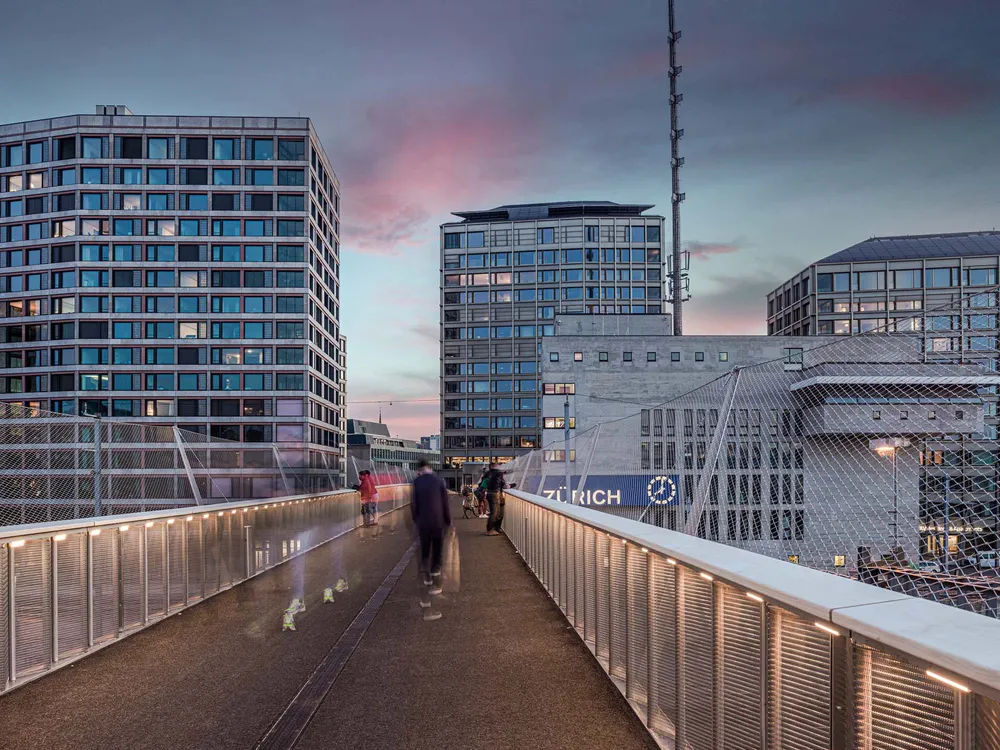
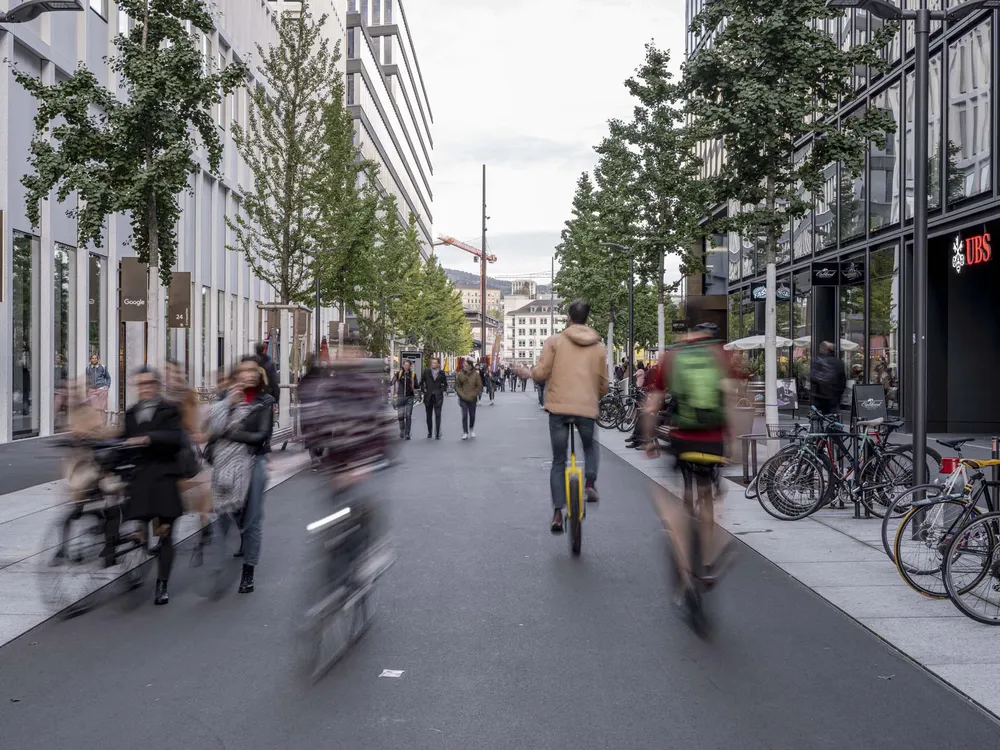
When looking at the station area, the immediate question raised is whether the area should be fully built up or rather be characterised by generous open space structures. A second question was to what extent the area should structurally be a continuation of the surrounding districts or develop an independent character.
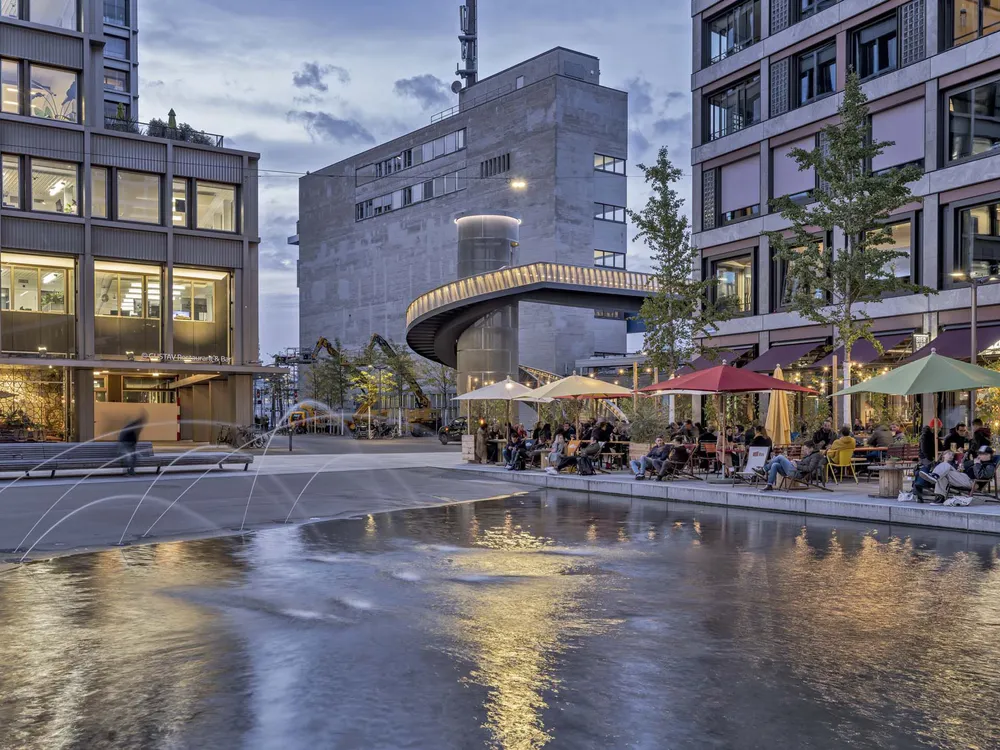
We proposed densely building the area in a building structure that naturally develops from the surrounding structures. Zurich is a growing metropolis and plays an international role as a global city and cultural center. The city centre is an attractor and of course it is under great pressure. The station area is very suitable to absorb part of this pressure due to its available space and the excellent development by rail and local public transport.
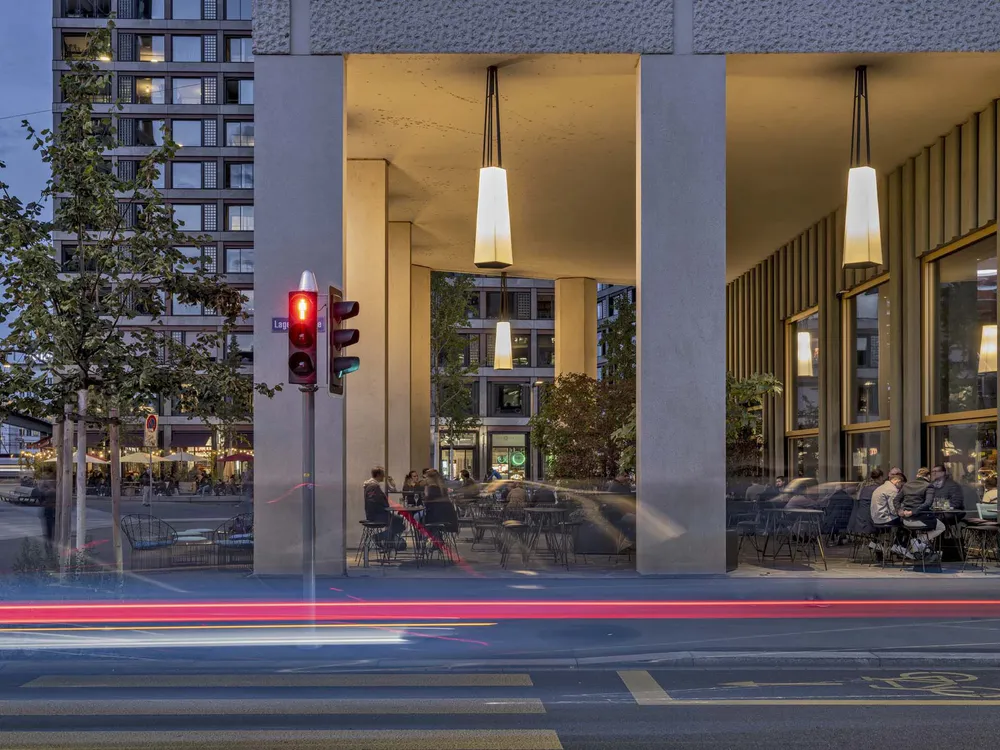
A characteristic of all attractive cities is the problem of opening up central areas by means of private transport. Therefore, the density of the building should not be dependent on it. Zurich is rich in generous open spaces, e.g. along the Limmat and Sihl as well as by the lake, and therefore does not need any new, large open spaces in the center, apart from urban district-related open spaces.

When looking at the station area, the immediate question raised is whether the area should be fully built up or rather be characterised by generous open space structures. A second question was to what extent the area should structurally be a continuation of the surrounding districts or develop an independent character.
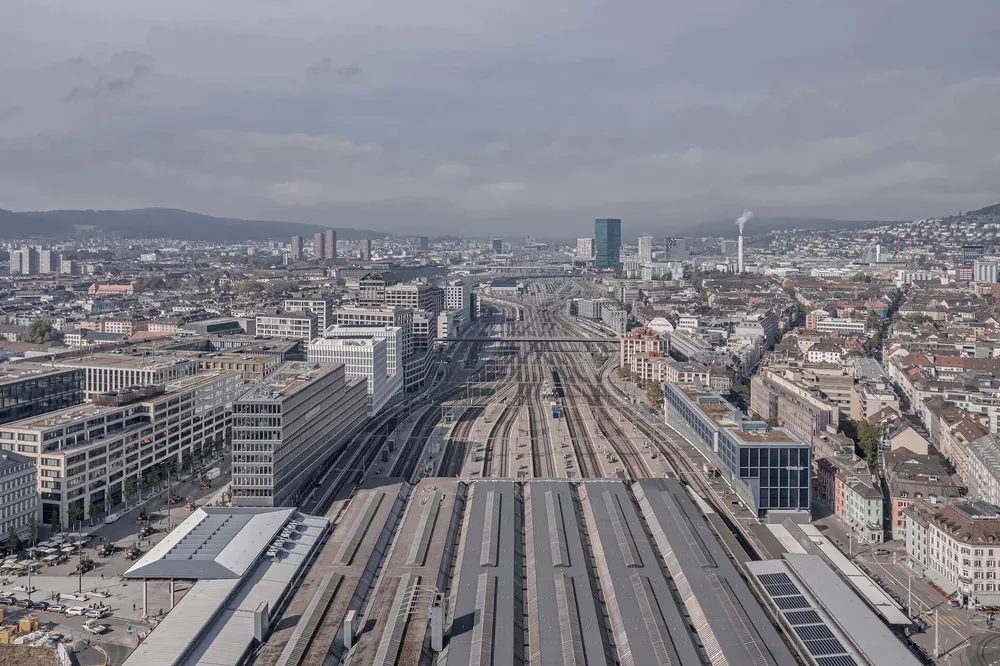
We proposed densely building the area in a building structure that naturally develops from the surrounding structures. Zurich is a growing metropolis and plays an international role as a global city and cultural center. The city centre is an attractor and of course it is under great pressure. The station area is very suitable to absorb part of this pressure due to its available space and the excellent development by rail and local public transport.

A characteristic of all attractive cities is the problem of opening up central areas by means of private transport. Therefore, the density of the building should not be dependent on it. Zurich is rich in generous open spaces, e.g. along the Limmat and Sihl as well as by the lake, and therefore does not need any new, large open spaces in the center, apart from urban district-related open spaces.
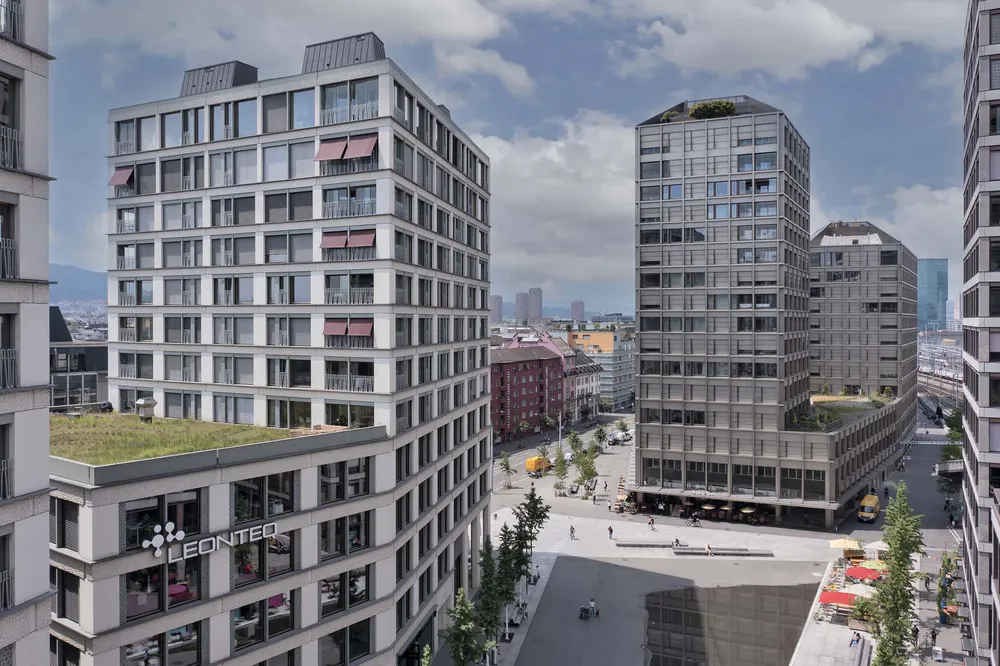
When looking at the station area, the immediate question raised is whether the area should be fully built up or rather be characterised by generous open space structures. A second question was to what extent the area should structurally be a continuation of the surrounding districts or develop an independent character.
We proposed densely building the area in a building structure that naturally develops from the surrounding structures. Zurich is a growing metropolis and plays an international role as a global city and cultural center. The city centre is an attractor and of course it is under great pressure. The station area is very suitable to absorb part of this pressure due to its available space and the excellent development by rail and local public transport.
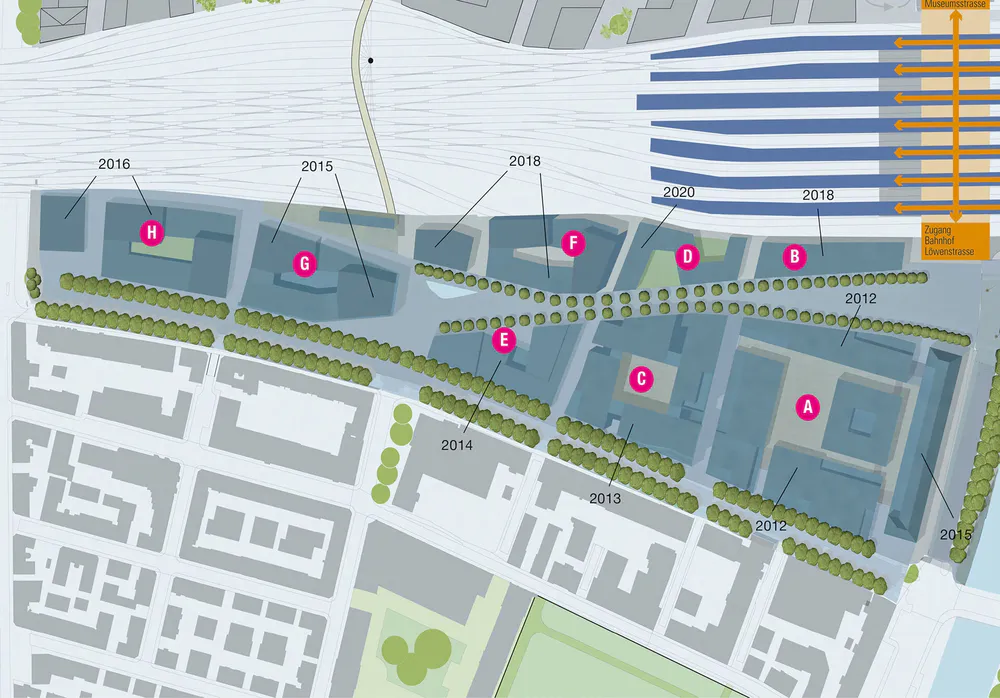

A characteristic of all attractive cities is the problem of opening up central areas by means of private transport. Therefore, the density of the building should not be dependent on it. Zurich is rich in generous open spaces, e.g. along the Limmat and Sihl as well as by the lake, and therefore does not need any new, large open spaces in the center, apart from urban district-related open spaces.
When looking at the station area, the immediate question raised is whether the area should be fully built up or rather be characterised by generous open space structures. A second question was to what extent the area should structurally be a continuation of the surrounding districts or develop an independent character.

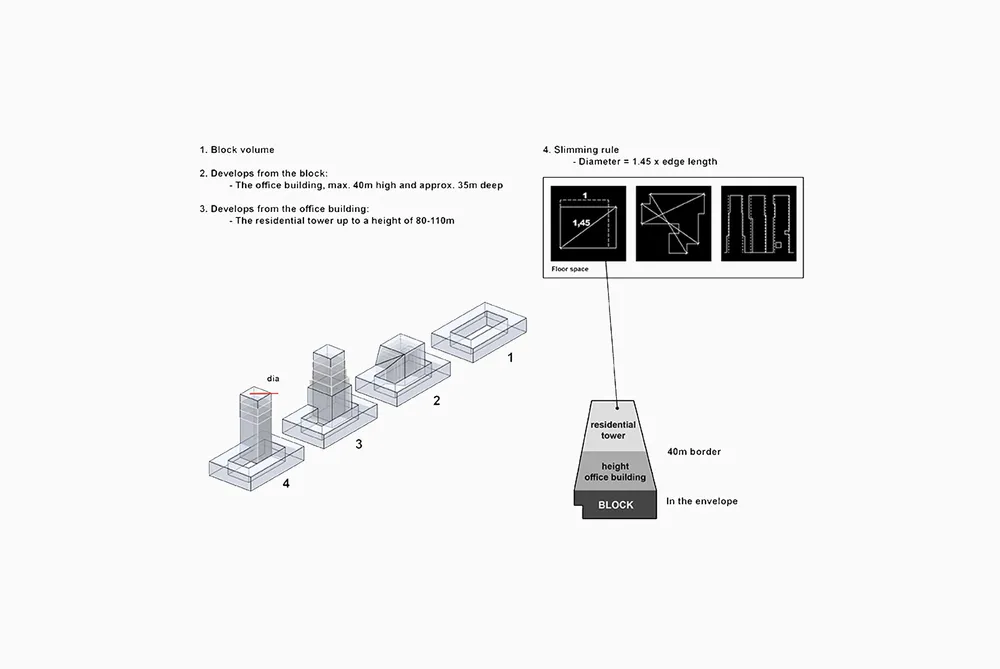
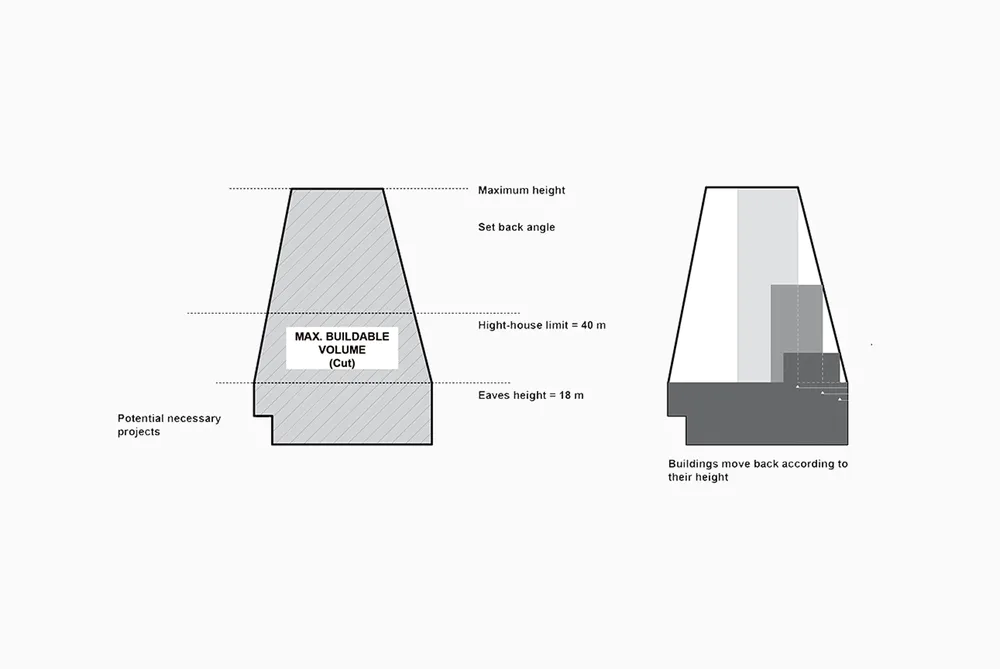
We proposed densely building the area in a building structure that naturally develops from the surrounding structures. Zurich is a growing metropolis and plays an international role as a global city and cultural center. The city centre is an attractor and of course it is under great pressure. The station area is very suitable to absorb part of this pressure due to its available space and the excellent development by rail and local public transport.
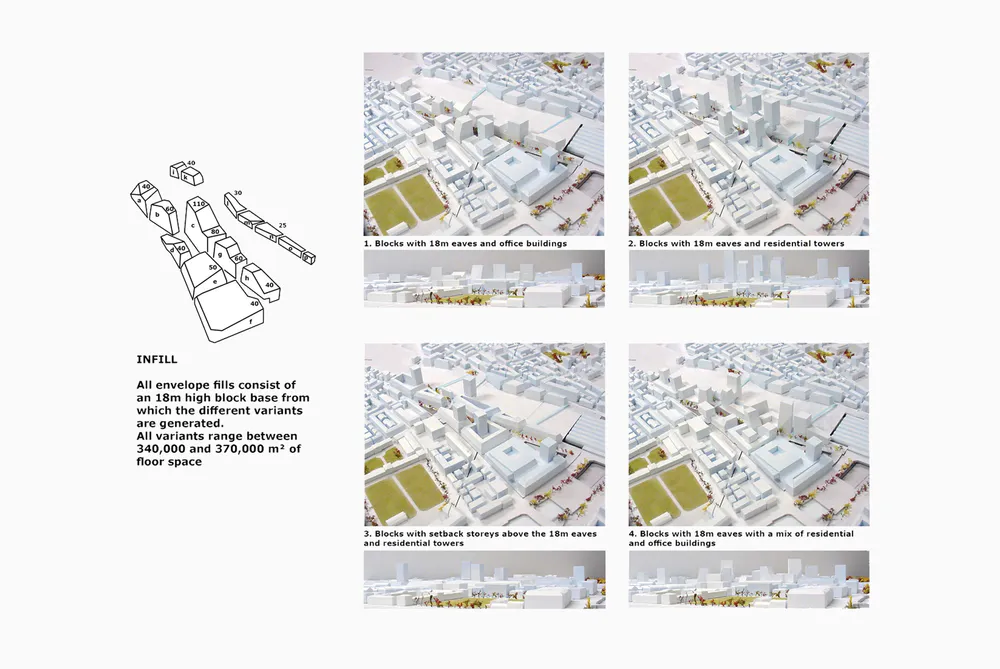
A characteristic of all attractive cities is the problem of opening up central areas by means of private transport. Therefore, the density of the building should not be dependent on it. Zurich is rich in generous open spaces, e.g. along the Limmat and Sihl as well as by the lake, and therefore does not need any new, large open spaces in the center, apart from urban district-related open spaces.
When looking at the station area, the immediate question raised is whether the area should be fully built up or rather be characterised by generous open space structures. A second question was to what extent the area should structurally be a continuation of the surrounding districts or develop an independent character.
We proposed densely building the area in a building structure that naturally develops from the surrounding structures. Zurich is a growing metropolis and plays an international role as a global city and cultural center. The city centre is an attractor and of course it is under great pressure. The station area is very suitable to absorb part of this pressure due to its available space and the excellent development by rail and local public transport.
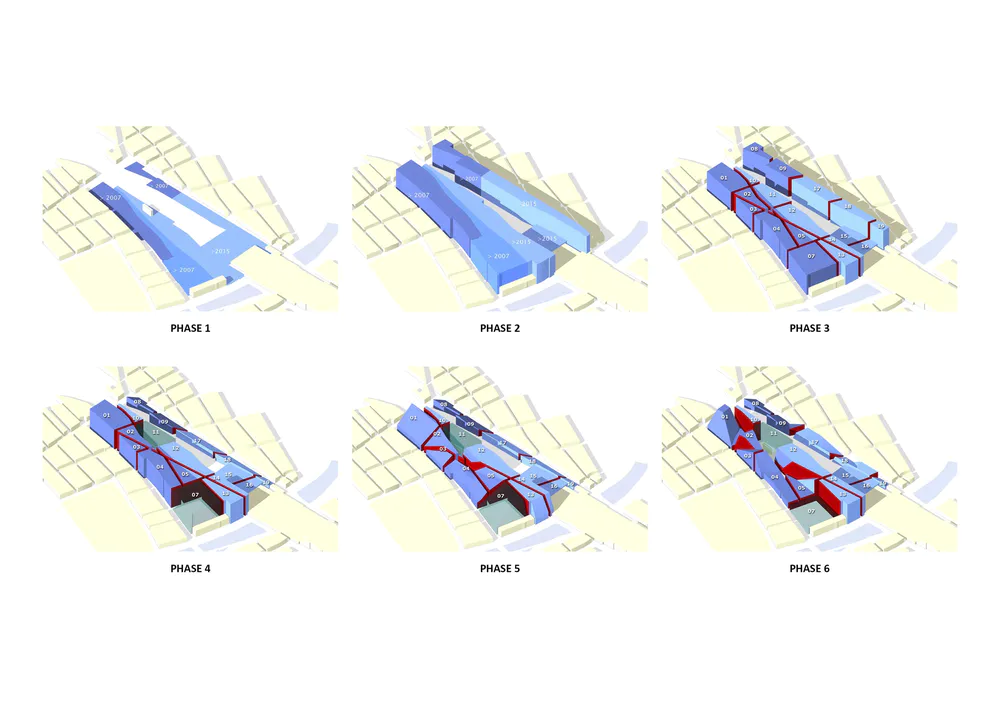
A characteristic of all attractive cities is the problem of opening up central areas by means of private transport. Therefore, the density of the building should not be dependent on it. Zurich is rich in generous open spaces, e.g. along the Limmat and Sihl as well as by the lake, and therefore does not need any new, large open spaces in the center, apart from urban district-related open spaces.
When looking at the station area, the immediate question raised is whether the area should be fully built up or rather be characterised by generous open space structures. A second question was to what extent the area should structurally be a continuation of the surrounding districts or develop an independent character.

We proposed densely building the area in a building structure that naturally develops from the surrounding structures. Zurich is a growing metropolis and plays an international role as a global city and cultural center. The city centre is an attractor and of course it is under great pressure. The station area is very suitable to absorb part of this pressure due to its available space and the excellent development by rail and local public transport.
A characteristic of all attractive cities is the problem of opening up central areas by means of private transport. Therefore, the density of the building should not be dependent on it. Zurich is rich in generous open spaces, e.g. along the Limmat and Sihl as well as by the lake, and therefore does not need any new, large open spaces in the center, apart from urban district-related open spaces.
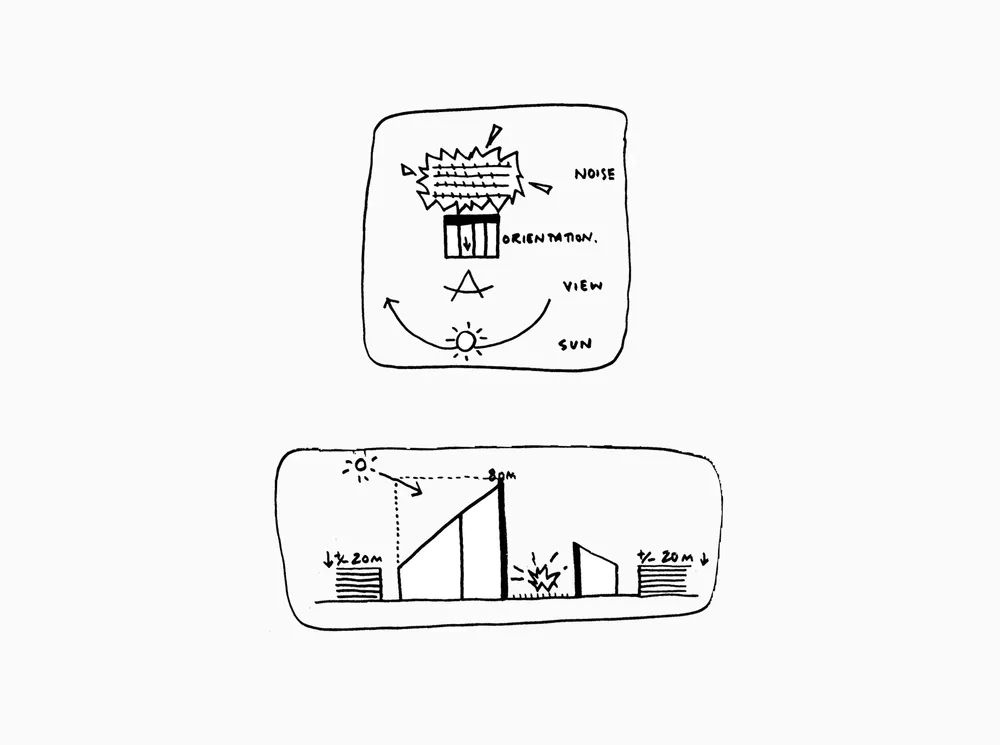
When looking at the station area, the immediate question raised is whether the area should be fully built up or rather be characterised by generous open space structures. A second question was to what extent the area should structurally be a continuation of the surrounding districts or develop an independent character.
We proposed densely building the area in a building structure that naturally develops from the surrounding structures. Zurich is a growing metropolis and plays an international role as a global city and cultural center. The city centre is an attractor and of course it is under great pressure. The station area is very suitable to absorb part of this pressure due to its available space and the excellent development by rail and local public transport.

A characteristic of all attractive cities is the problem of opening up central areas by means of private transport. Therefore, the density of the building should not be dependent on it. Zurich is rich in generous open spaces, e.g. along the Limmat and Sihl as well as by the lake, and therefore does not need any new, large open spaces in the center, apart from urban district-related open spaces.

▼项目更多图片
